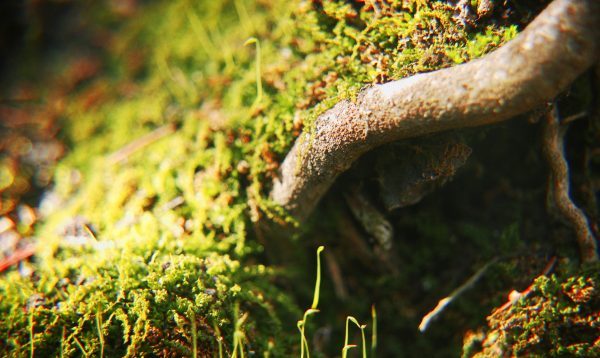Tree root systems are not usually visible above ground, making it easy to forget about them. However, they incredibly vital to a tree’s overall health. They are the nutrient and water distribution system for a tree, which helps the tree growth strong and live long. Without a strong root system, a tree is susceptible to all kinds of problems, including leaning, toppling, pest infestation, disease, and more.
Continue reading to learn what you need to know about caring for your tree’s root system, and who to trust for professional tree care advice and service.
Root Damage
The most common culprits behind root damage are lawn mowers, construction work, pests, and unstable soil conditions. However, there are several more ways a root system can ensure stress and damage. In order to protect a tree’s root system, you must stay on top of all the proper tree care practices.
Here are some great tips to get you started on the right path:
☑ Fortifying Roots
Annually, you want to revitalize your tree’s root system. You can do this by hand using a hand cultivator tool to gently loosen the top 2 to 3 inches of soil. This is a great way to alleviate soil compaction and let in more water and air to the roots.
☑ Watering
Trees that are newly-planted, young, or under some sort of duress (i.e. illness, pest infestation, etc.) should be watered often. Keep in mind, however, that too much water is just as damaging as too little. Before each watering, use your fingers to test the moisture level of the top 2 inches of soil. If it is still moist to the touch, you can hold off one more day before watering your tree again. If it is dry, it needs more water.
☑ Mulching
Mulch is incredible important for tree care. Not only does it protect roots from sun damage, wildlife interference, and soil compaction, it also helps to retain moisture and add valuable organic matter to the soil. Keep your mulch at least 6 inches away from the trunk, but be sure to add 2 to 4 inches of depth.
☑ Drip Lines
Take into consideration the tree’s drip line. This is where the edge of the canopy extends, and forms a circle around the tree. This area should be moist to the touch to ensure the roots are getting enough water.
☑ Inspections
When there is nothing more to do for your tree, be sure that you are implementing regular inspections to look for signs of trouble. Check for pest infestations, dry soil, damaged bark, missing foliage, discolorations, fungal growth, and anything else that indicates the tree is not as healthy as it should be.


